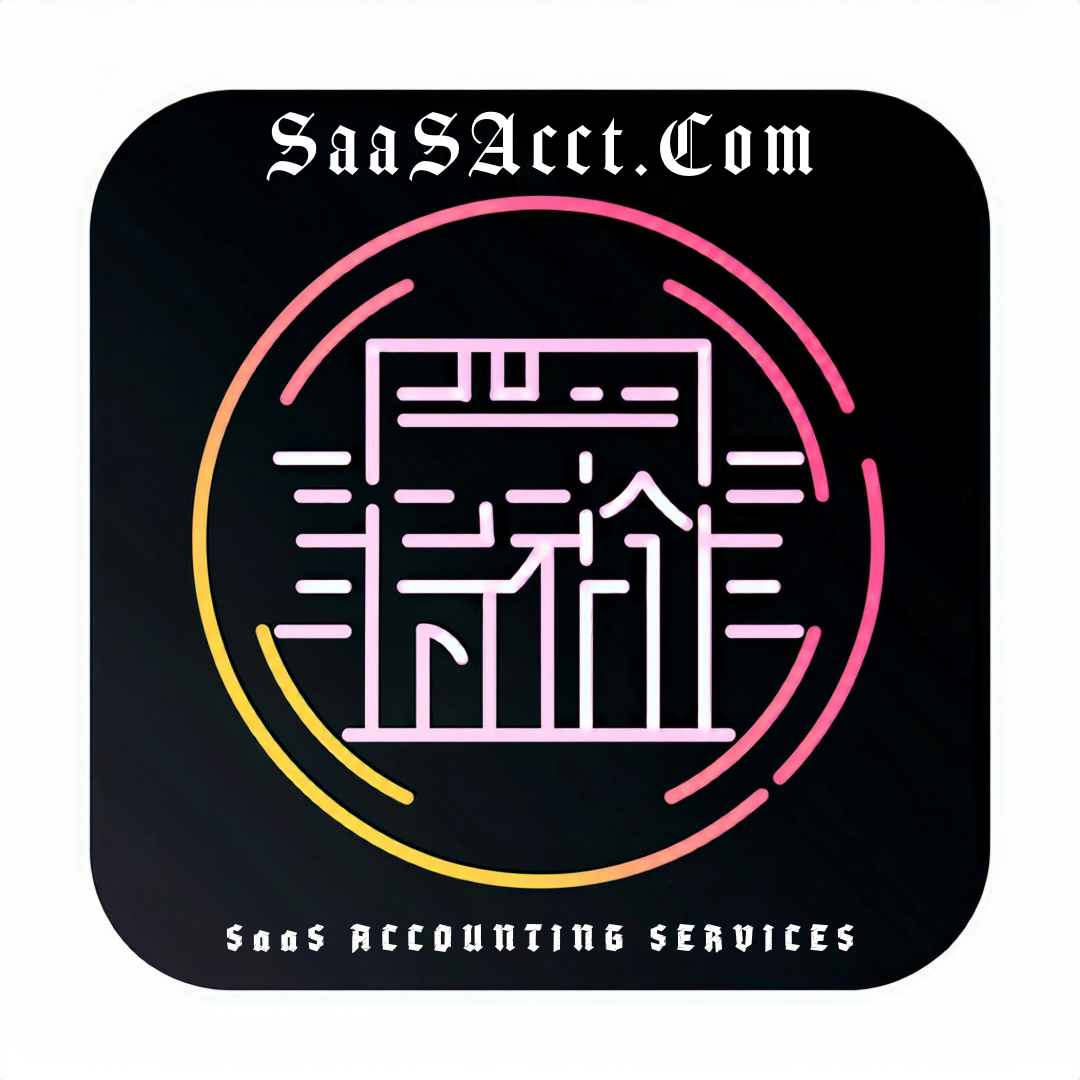Understanding Revenue Recognition
In the SaaS industry, revenue recognition is crucial to accurately depict financial health. According to accounting standards such as ASC 606 and IFRS 15, revenue is recognized evenly over the subscription term rather than upfront at payment. This approach provides a clearer picture of financial performance over time and aligns with the delivery of services.
Managing Deferred Revenue
Payments received before a service is delivered are classified as deferred revenue, recorded as a liability on the balance sheet. As the service is provided, this deferred revenue transitions into recognized revenue, aligning with the subscription duration. This systematic recognition is essential to maintain accurate financial records for effective decision-making.
Key Metrics for SaaS Success
Monitoring metrics such as Customer Acquisition Cost (CAC) and Customer Lifetime Value (CLTV) is vital for SaaS businesses. Understanding the cost to acquire new customers versus the revenue generated over their lifespan can help assess profitability. Additionally, keeping an eye on the churn rate, or the percentage of customers who cancel their subscriptions, provides insights into customer satisfaction and overall business health. Analyzing Monthly Recurring Revenue (MRR) and Annual Recurring Revenue (ARR) helps businesses forecast future income and plan growth strategies effectively.

